Key Takeaways:
- Smart machines provide real-time data to improve manufacturing decision-making.
- Leveraging machine data uncovers hidden inefficiencies and optimization opportunities.
- Enhanced decision-making drives productivity and competitiveness.
With the arrival of the Industrial Internet of Things, manufacturers are finding themselves at the forefront of fast-moving, disruptive and revolutionary change. Among other things, this change is quickly introducing components for the creation of a smart factory. The concept of a smart factory uses “smart machines”, or IIoT enabled equipment, to drive enormous improvements in efficiency and maintenance costs along with the capability to connect all aspects of an operation. This includes production, finance, planning, supply chain, maintenance and field service all under one umbrella where advanced analytics and cloud-based computing allow production and service capabilities not possible before.
These changes, however, are not only in software, hardware, and machines. As a result of the capabilities being created by IIoT and smart machines, companies are finding that they must improve the way they make decisions, how they identify and deploy new value streams and even how they view the nature of their own industry to take advantage of these technologies. And, as machines get smarter, decision-makers and managers across manufacturing are also discovering new opportunities to become smarter about their role in the manufacturing lifecycle.
As new skills and a deep understanding of what smart machines have to offer is required to be successful in the manufacturing 4.0 era, this evolution in thinking is no longer optional. The opportunity to grow, to think in terms of what is possible now that wasn’t before and how to implement the changes to drive value and create new revenue streams is a natural product that comes with the capabilities provided by smart machines and automation.
The New Reality
Technologies like MachineMetrics provide both the platform and hardware to create a “Platform-as-a-Service” environment for companies looking to take advantage of smart machine technology. As companies undergo digital transformation and broaden their adoption of IIoT, there are also business adaptations that will require a more sophisticated understanding and approach to managing a complex manufacturing operation. This is true not only for C suite execs, but also for directors, department heads, front line managers, operators and technicians. Every role in the manufacturing system will in some way be affected. As a result, a new way of visualizing production will require those players to improve and/or reimagine the required skills and knowledge to deliver on the promise of the technology.
- Displacing Current Platforms – As smart machines and the IIoT technology that drives them advances, it is likely that the IIoT system deployed will become the unifying platform for the business. Many companies have invested heavily into ERP, MES and CRM systems and they have served their purpose. But as IIoT and smart machine technology grows, IIoT manufacturing systems have the potential to become the unified platform under which those sub-systems operate. Systems will not be driven by people anymore, but by data. Those tasked with managing the operation will have to adapt their skills and basic operational philosophy to optimize these new data-driven workflows. The MachineMetrics platform for example, collects and transforms data into insights for any piece of shop floor manufacturing equipment. Through API’s and integrations with other shopfloor systems, these insights can automatically trigger workflows into any other factory system, whether it be to automatically reorder materials, change tools, reschedule jobs, re-price parts, or even adapt the machine to avoid catastrophic maintenance issues.
- Clearing Bottlenecks – As companies digitize their operations, new equipment by OEM's are being introduced with IIoT and “smart” capability embedded. Older legacy equipment can be upgraded to bring it into the data stream, but this will take time. Operators and managers will have to learn to understand what is possible with smart machines and IIoT technology for them to be able to decide how and what aspects of legacy equipment must be augmented to bring them in line. How do we optimize the operation of these machines? Can we build processes around them to avoid previously costly bottlenecks? For those wanting to connect legacy equipment, this has been made easy through MachineMetrics. Leveraging Digital and Analog IO, the system connects to the IO’s and relays of legacy equipment to make dumb machines smart. Add additional sensors with simple scripting language teams can start visualizing data that can be leveraged to predict issues before they happen.
- Keeping Pace – As competitors digitize their operations and reap the inherent benefits of the technology, more and more efficiency is introduced into the system. Products become more commoditized and prices can be lowered. Data can be used to update cycle time standards with live data, enable lights-out manufacturing with remote condition monitoring and alarm notifications, expose changes in part production so operators can self-correct problems, and much more. Smart machines make these things possible, and companies and their staff will need to learn the technology that allows them to embrace new possibilities.
Learning from Smart Machines
As these opportunities are internalized, it is important to understand how they benefit all employees and inform their new decision-making processes. Because smart machines can, with the right people and systems in place, enable accurate predictive and prescriptive action across the operation, the expectations of these operators and system users are also changed. A shift in mindset to one driven by data will help operationalize and optimize the system for the benefit of production staff. Operators and technicians will be freed from stationary platforms where their view is limited and through mobile devices or other interfaces they will be able to interact virtually where their skills are needed the most.
Some of the areas that will drive this learning and change in the nature and quality of response include:
- Efficiency - Efficiency has long been a normalized term for any production environment. But in traditional manufacturing, efficiency was understood in broad terms of factory floor, machine, zone. MachineMetrics uncovered (across the 1000s of machines that we monitor) that the average machine utilization rate was actually far below 30%. By making machines smart, baselining and benchmarking one’s current performance at a micro level becomes finally possible through collection and standardization of data, making it visible for the first time. Then, applying the benefits of diagnostic analytics, and even machine learning algorithms or AI to uncover insights and make them actionable. The MachineMetrics’ platform, for example, has a robust rules engine and advanced workflow capability with customizable alerts. These insights that optimize efficiency can be made actionable via automated or semi-automated notifications to operators and technicians virtually, allowing them to make decisions at a more granular, real-time, or even predictive level than ever before.
- Safety – In traditional manufacturing, operators were the eyes, ears, and noses of the machine, responsible for identifying problems that could cause injury or death. With the ability to tie into the data stream of information provided by sensors and edge devices, new technologies can be tied directly into the platform and through analytics provide a faster response before an issue becomes a danger. Safety under this paradigm becomes proactive and data driven rather than reactive when it could be too late.
- Flexibility – As the benefits of smart machines become more apparent to end users, their desire to customize and hone the systems capabilities for their specific platform will grow as well. Users will want fast or self-installing equipment that integrates into the system quickly. And as their learning and understanding of the system and its capabilities grow, so too will their drive to further customize and optimize the platform.
Continuing Education
As smart machinery becomes the new norm, each company must set the stage for this point in time with an understanding of what works for them. Not every company can simply replace all their equipment with brand new IoT-enabled machines in one fell swoop. That said, the discovery of new value and revenue streams available with this technology will be what drives their learning and understanding of the system. Some suggestions for optimizing this journey can include:
- Limiting Use Cases – Since this is a deep and long learning curve that requires not only the adoption of new skills but also the embracing of a new philosophy on the nature of production, users should look for use cases that fit their business reality. The old advice of “picking the low hanging fruit” can benefit companies moving into digital transformation and adopting smart machinery in their factory. With this approach, staff can learn the new technology while using it for established value streams first. As the benefits become apparent and their proficiency increases, new opportunities for new use cases can be driven from within.
- Phased Deployment – Both because of potential capital constraints as well as the learning curve required, manufacturers may wish to begin with a phased approach for adoption. Again, this provides a stable footing to train, learn the capabilities and develop new ways of thinking. This may include specific tiers or levels of data, implementing specific target areas such as production efficiency or reduced maintenance costs or by deploying smart technology to the most automated equipment first and leaving legacy equipment for later adoption or phase out.
- Cultural Change – Not all new technologies require cultural changes. However, smart machines and IIoT technology general require it. When setting the stage for the learning and adoption of Industry 4.0 tech,, agile and open-minded staff must be included in the process of conversion.
Smart Manufacturing
The adoption of smart equipment and IIoT technology is enabling benefits that are real, fast-moving and available now. The late Stephen Hawking voiced concerns about whether artificial intelligence is a “threat to humanity”, while others worry about what smart machines mean for people and the displacement of jobs. Smart machines will indeed be digital disruptors because of the effects -- both positive and negative -- they will have on society. In manufacturing the competitive advantages these technologies are capable of providing, however, will undoubtedly bring higher profit margins and lead to more efficient manufacturing processes.
Ready to unlock the hidden value? Contact us for a demo!


.png?width=1960&height=1300&name=01_comp_Downtime-%26-Quality_laptop%20(1).png)
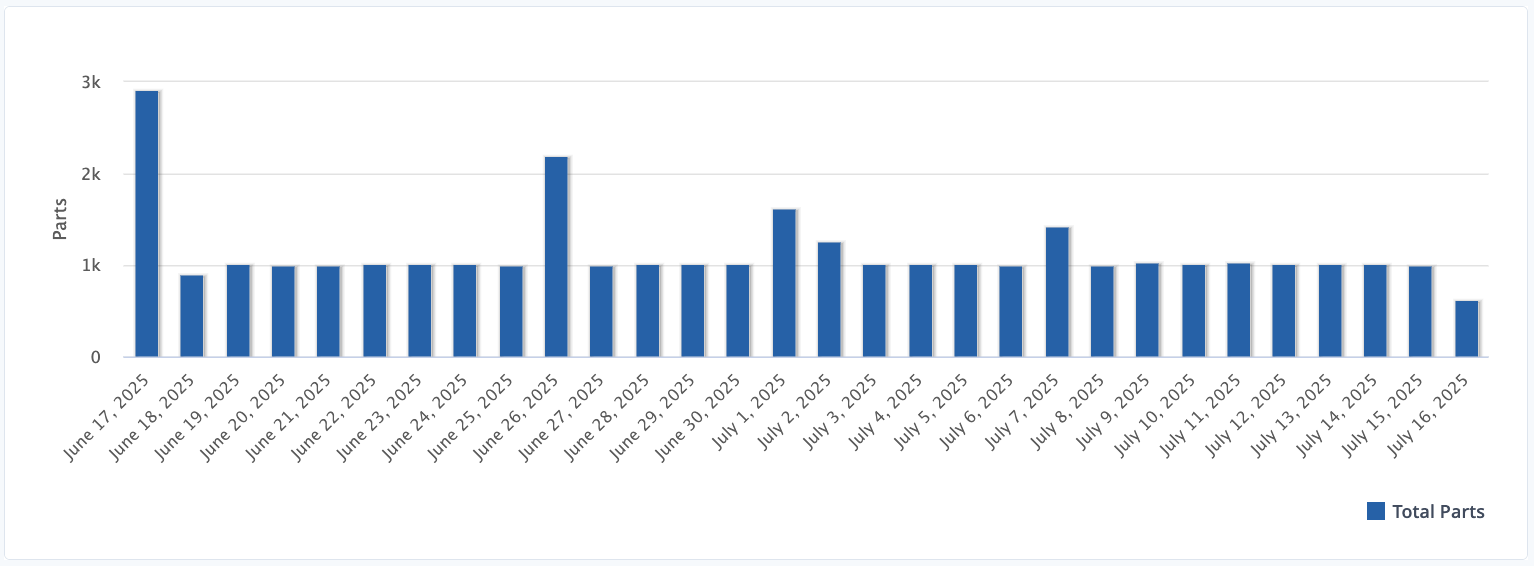


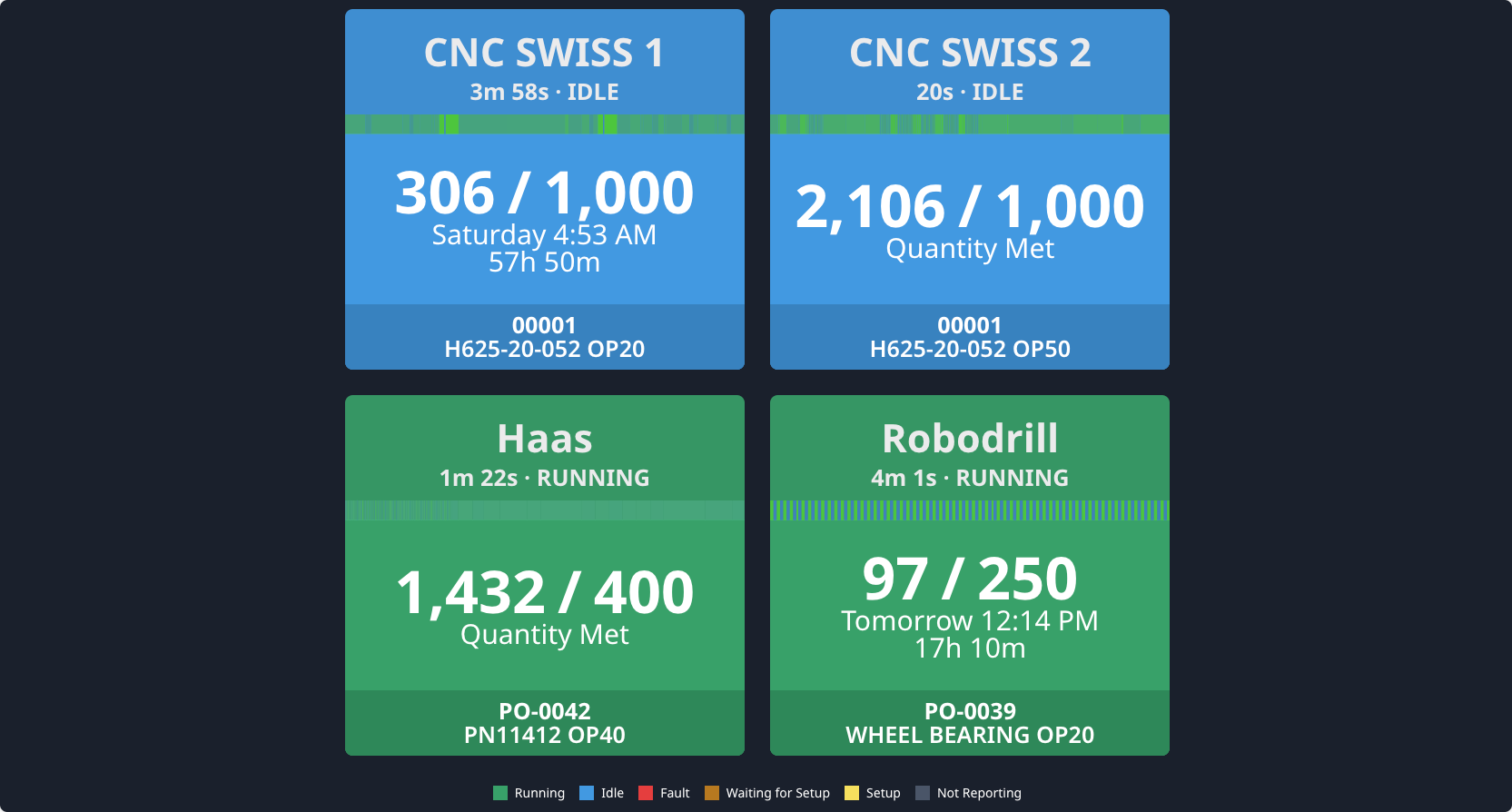
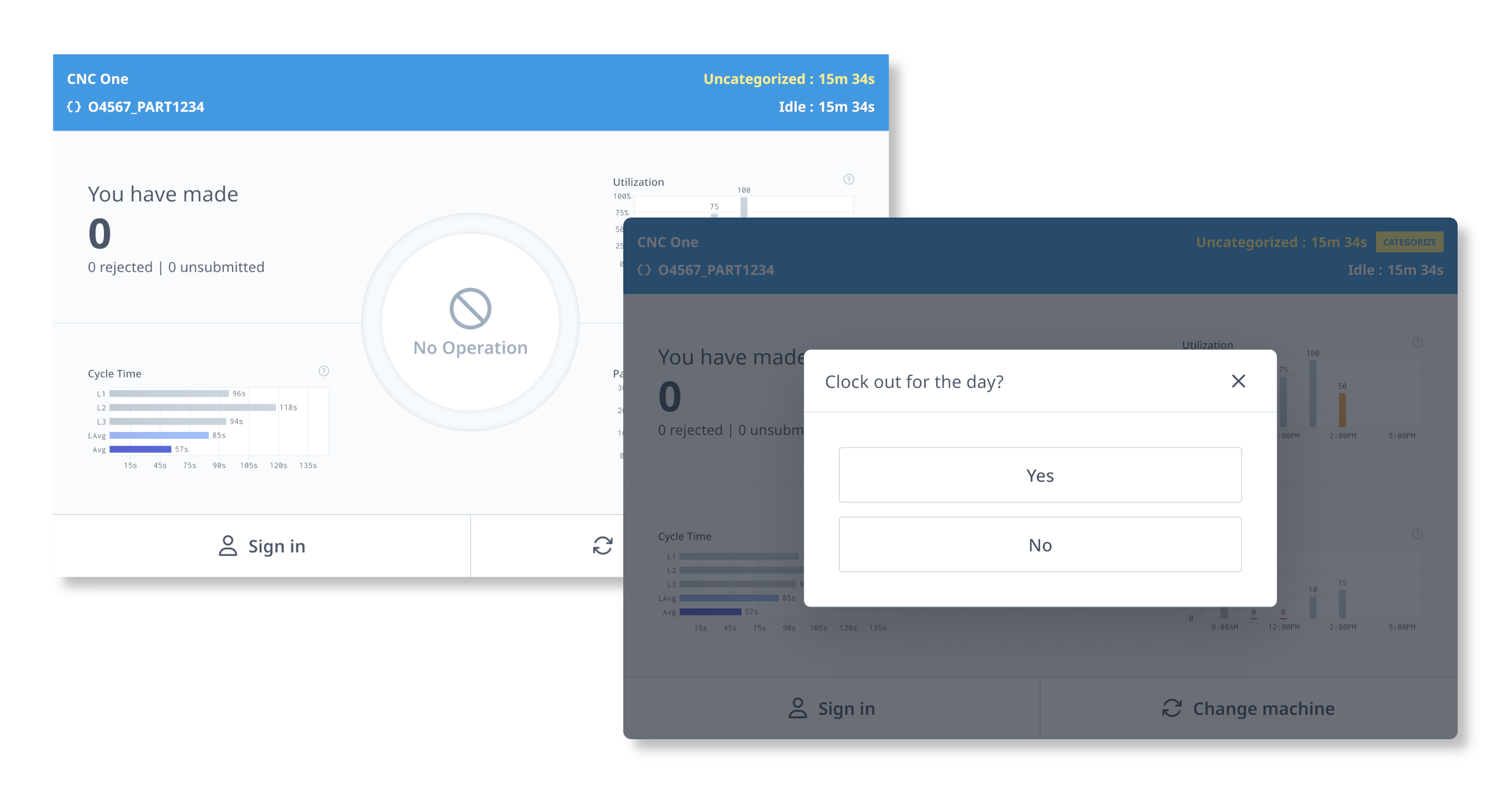
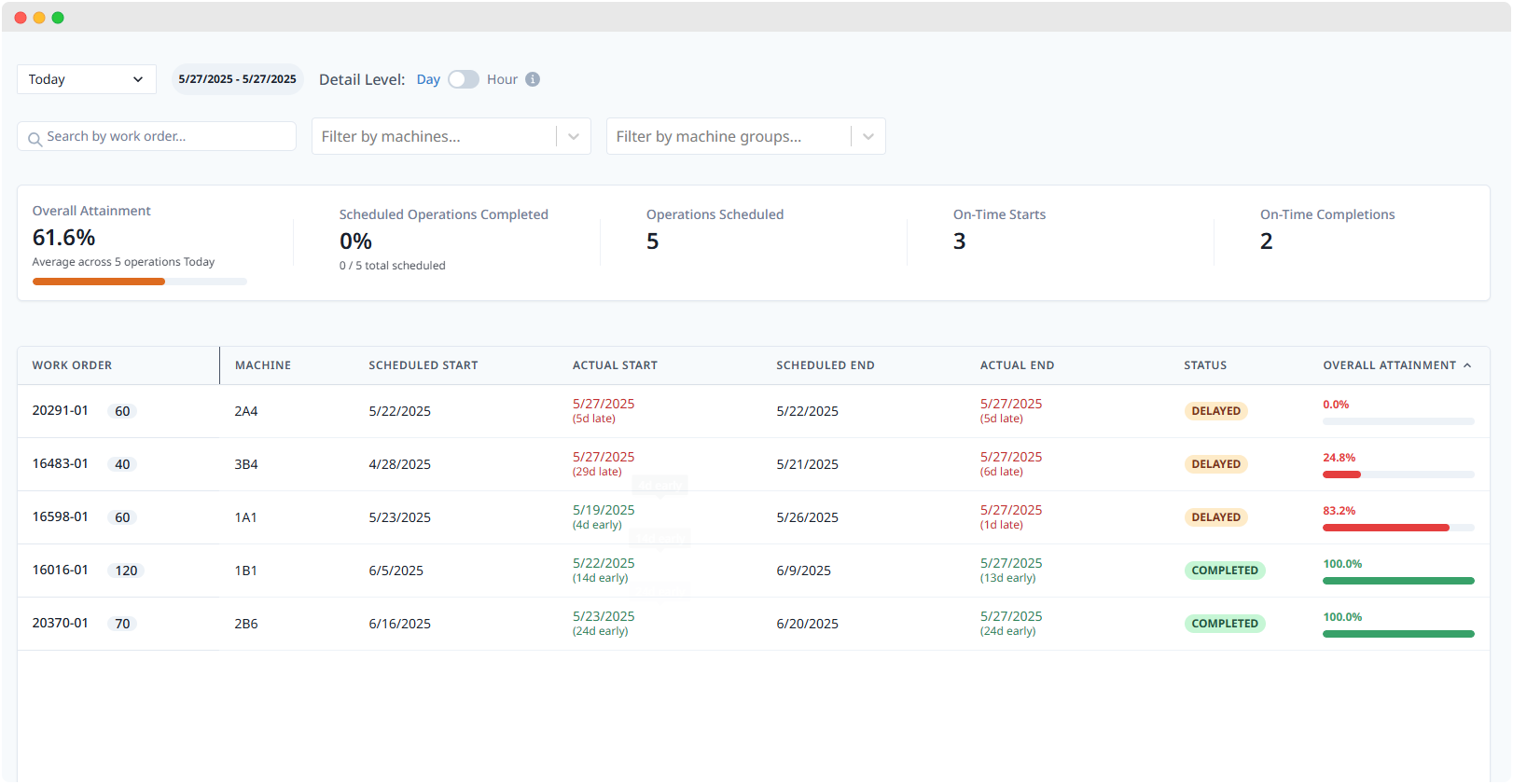
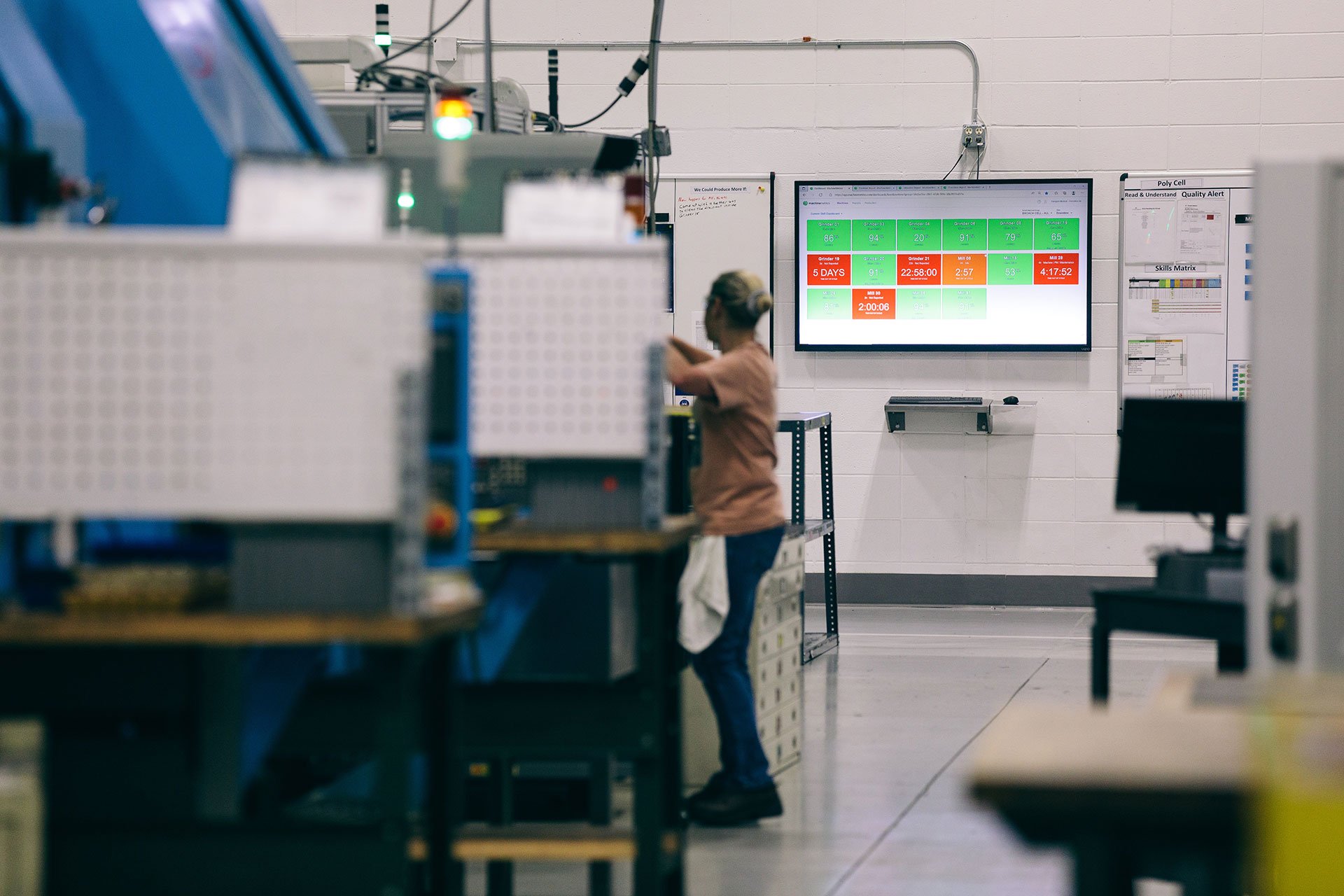
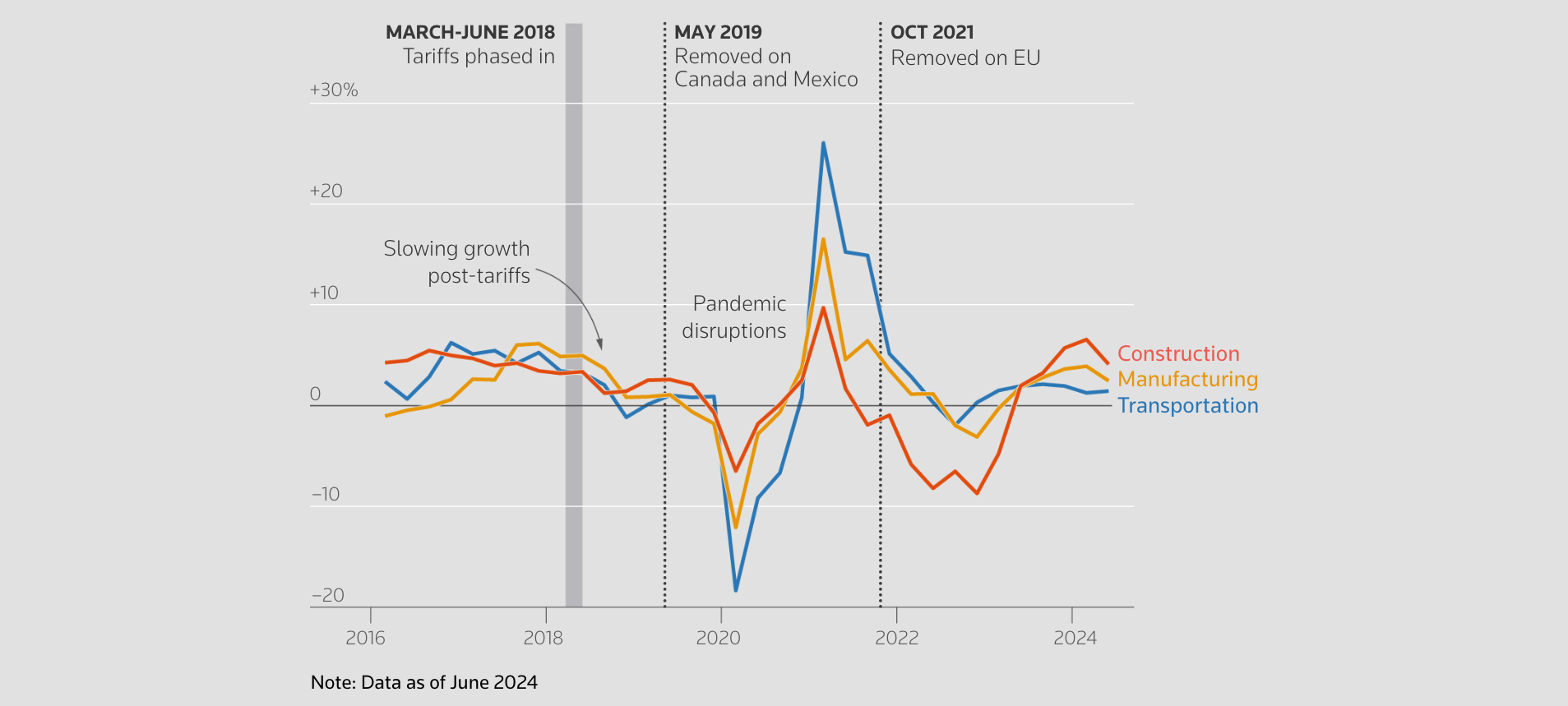
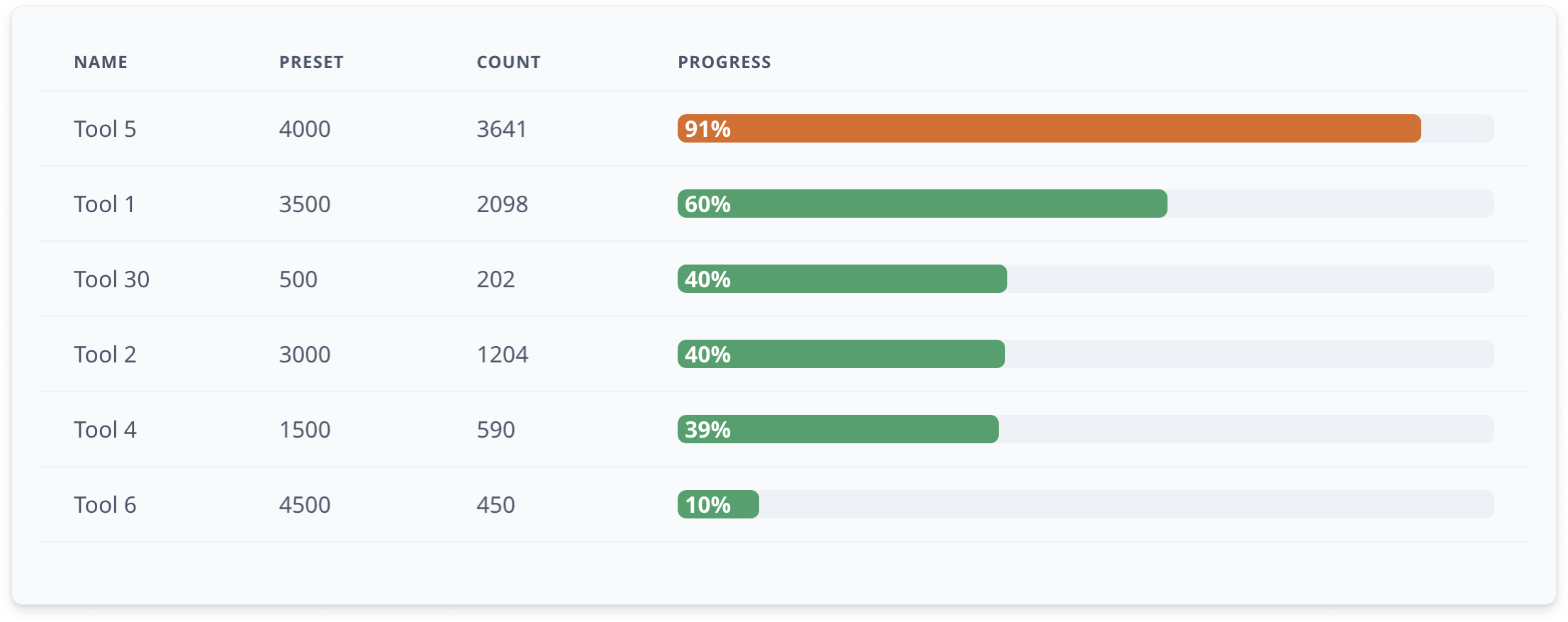
Comments